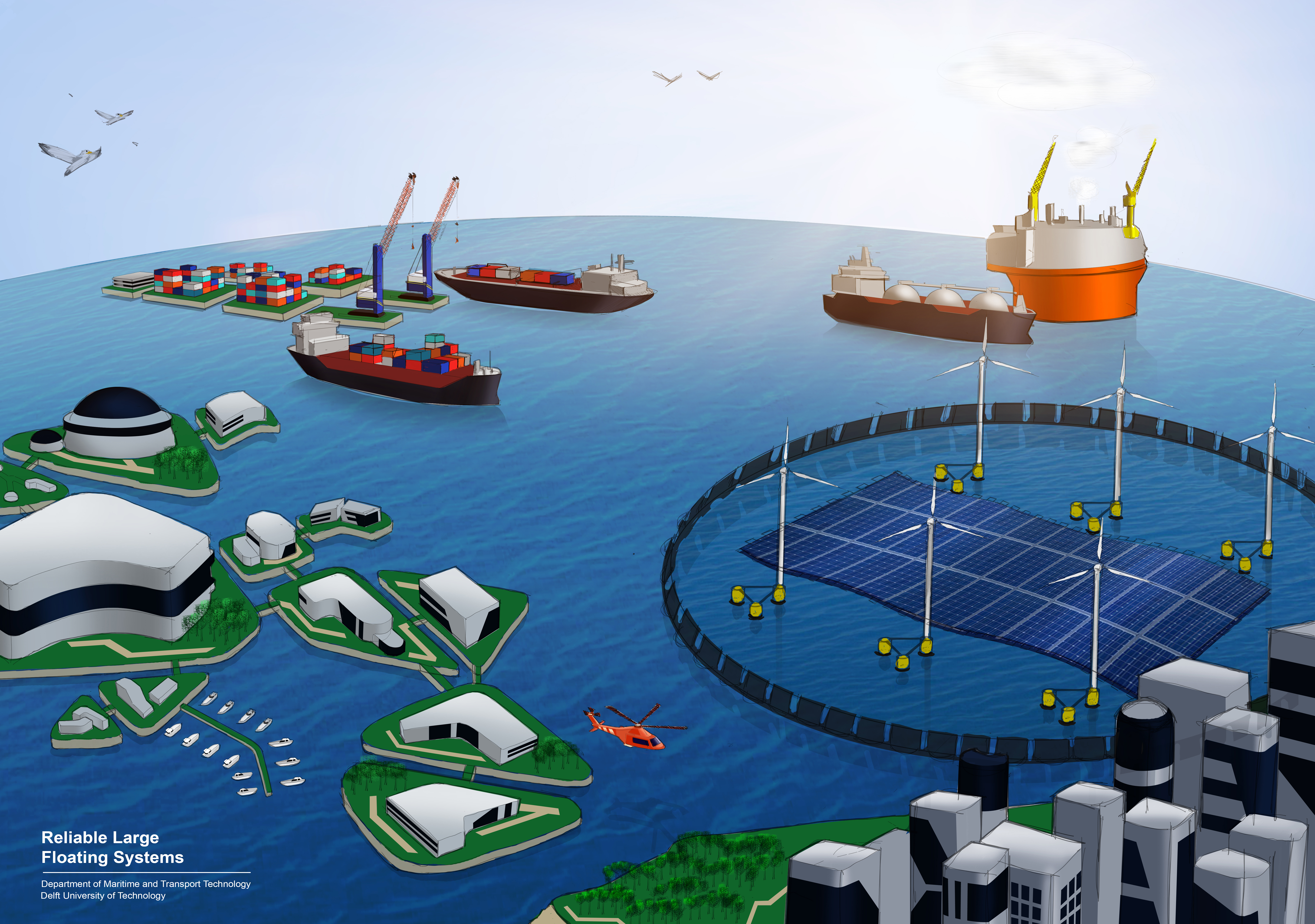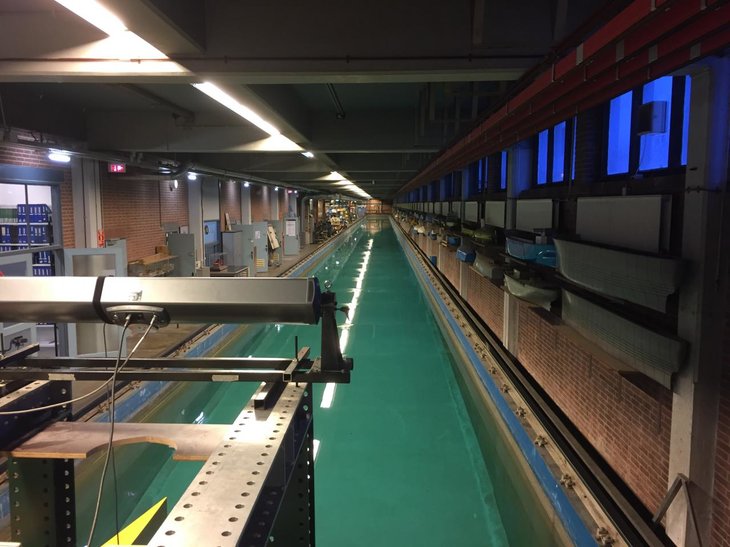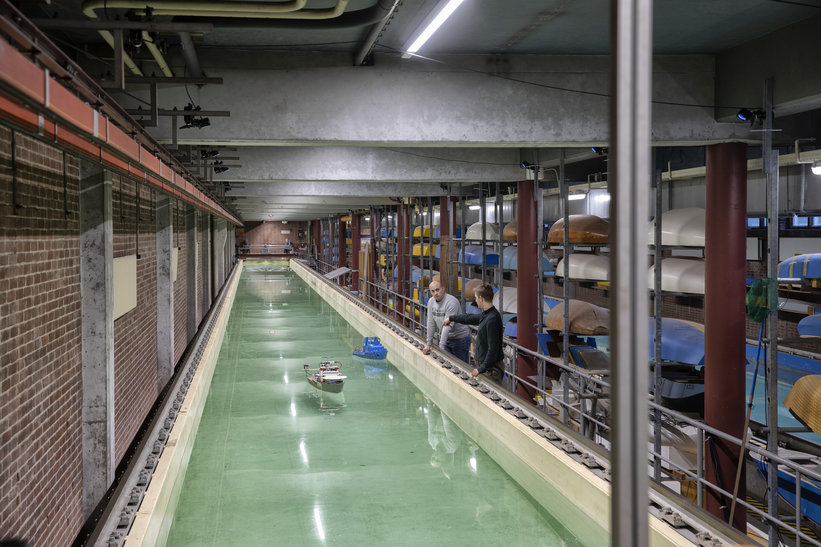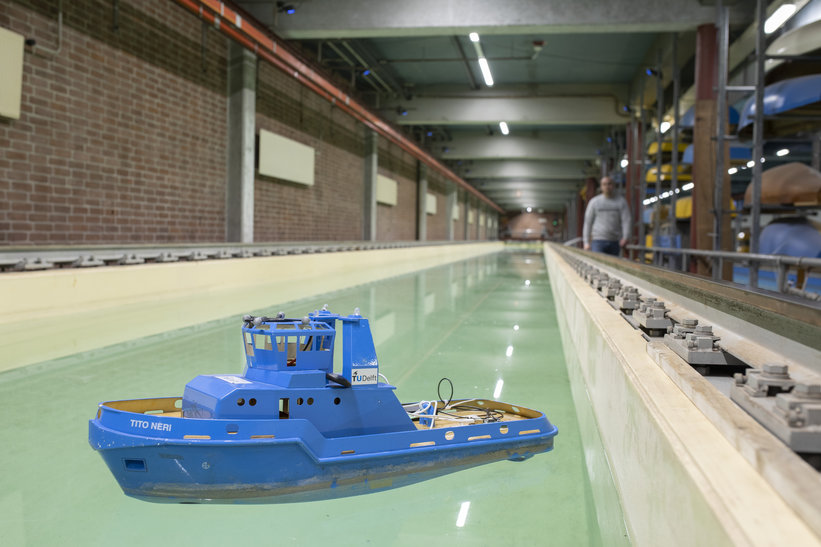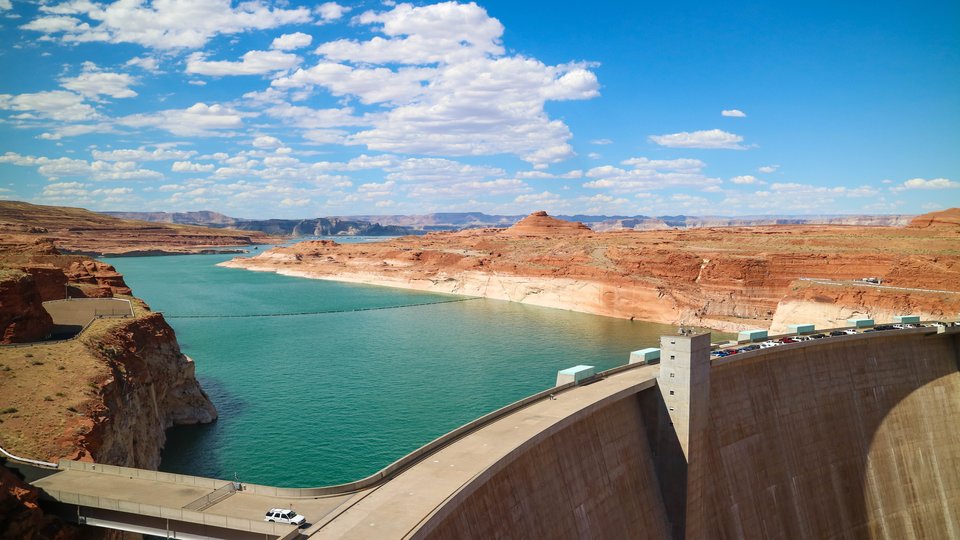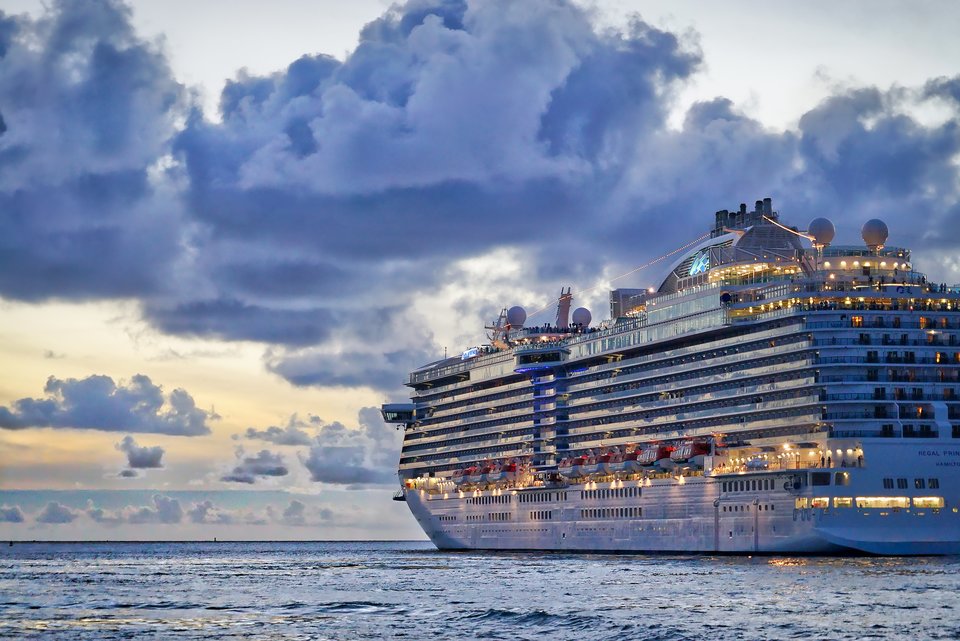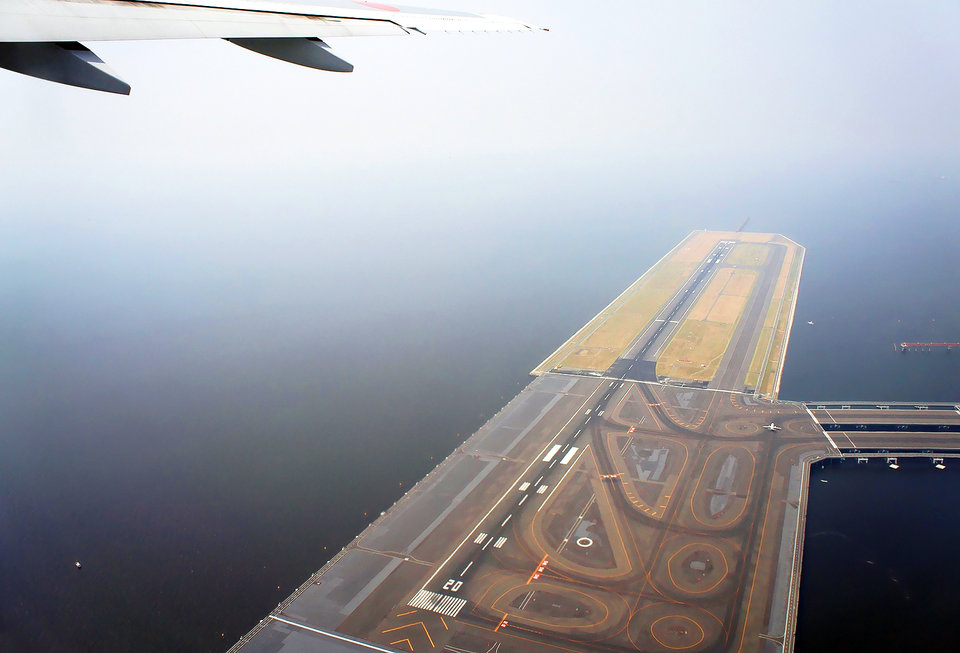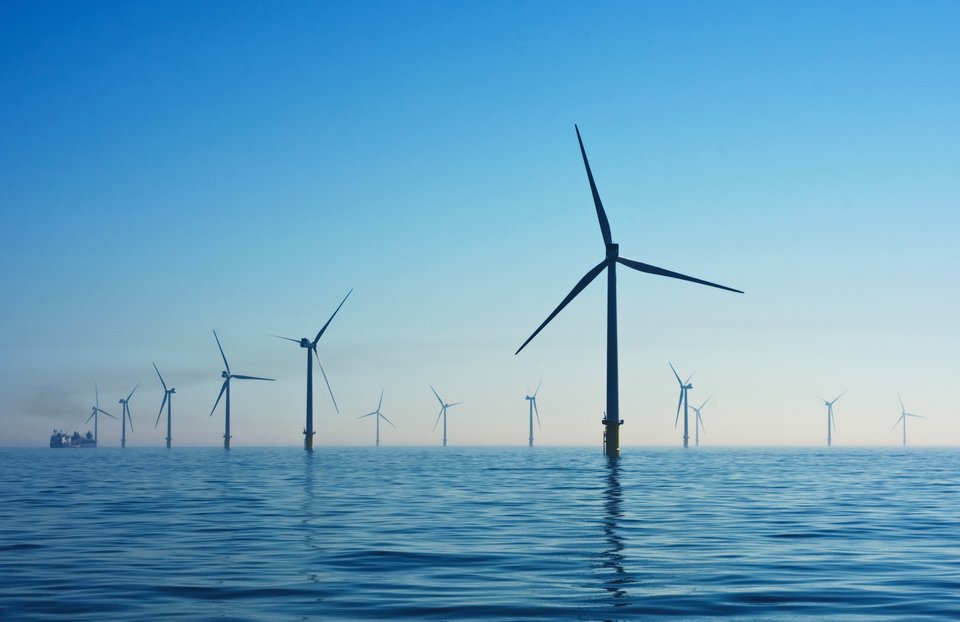Population growth, especially near the coast line, and continued demand for energy and food resources have placed considerable stress on resources near the shore. One possible solution for this problem is the creation of large floating islands to create much needed building ground and allow for offshore development and ocean space utilization.
Floating airports were already discussed in the 1920s and seriously investigated in the 1990s and early 2000s. The first floating offshore wind turbines are already installed. Floating solar solutions are established on inland waters and start moving offshore. Recently, floating habitation got a boost with the United Nations putting sustainable floating cities on the agenda of a high-level round table meeting in 2019.
The spectrum of proposed and envisaged structures ranges from individual very large floating pontoons over articulated modular floating structures to monolithic very flexible floating structures, all of unparalleled size.
The major technical questions are how to scale up floating structures safely and (cost) effectively and to determine how and in which situations large floating systems can be used. Other issues are how to predict the environmental forces acting on these large systems, how to accommodate very large forces in the structures, and what mooring technology is necessary.
The research is based on mathematical modelling and experimental investigation of fluid-structure interaction. Towing tanks with wavemakers, optical measurement systems and the recent installation of the megahexapod, to investigate multi-axial fatigue strength, ultimate strength and dynamic properties at material and structural level are the outstanding experimental facilities to realize this research. With the knowledge and experimental resources available, TU Delft is in a strong position to lead developments in reliable large floating systems.

